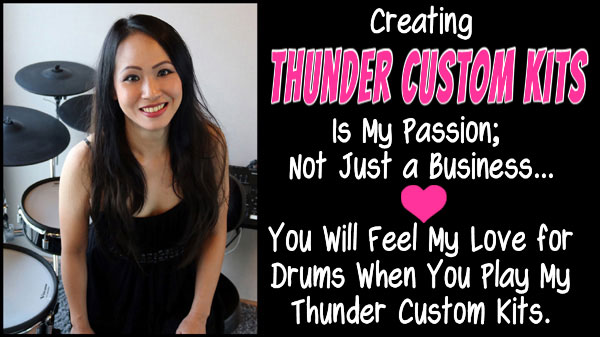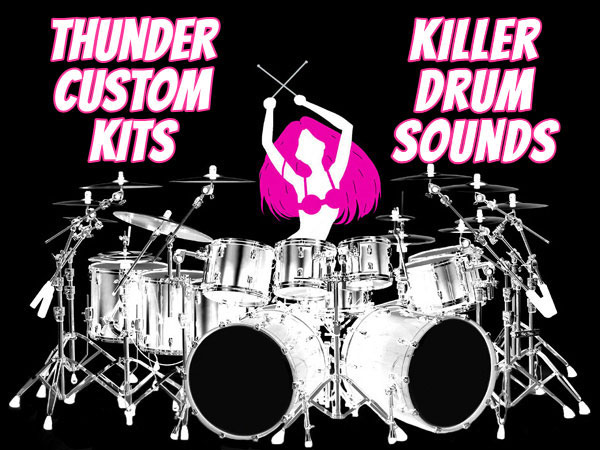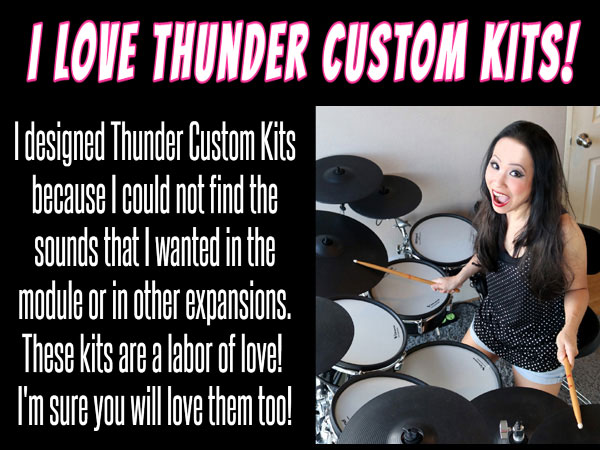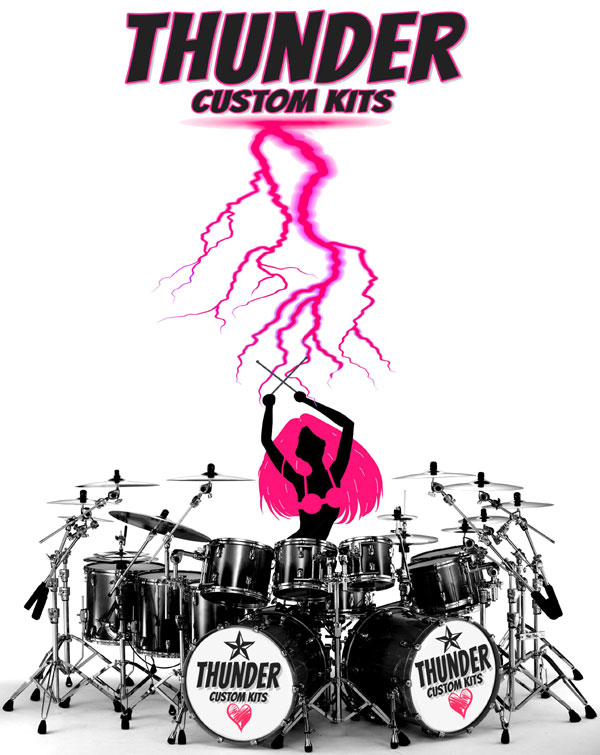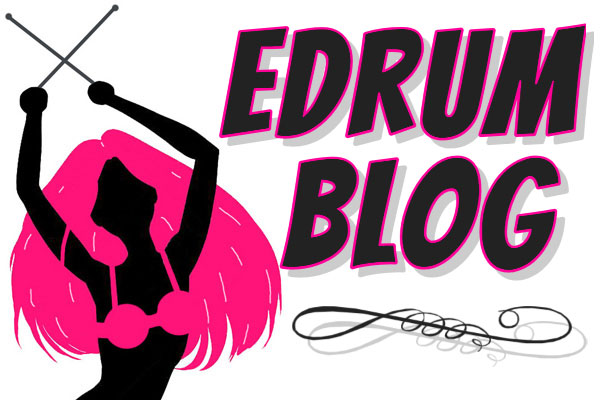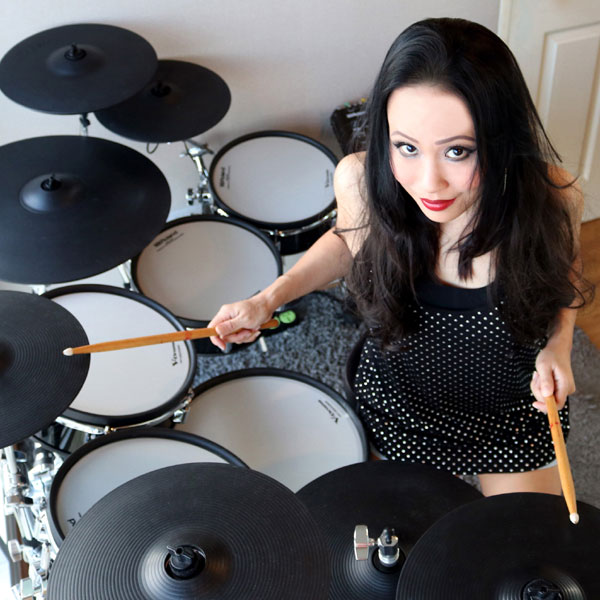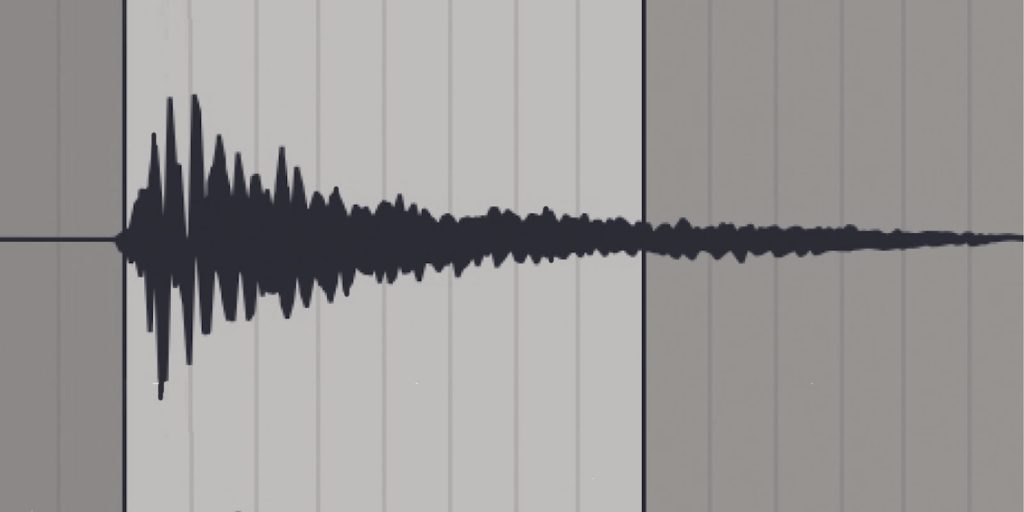
Transient design for electronic drums can make a huge difference in the sound of your kit. Transient design has long been a part of the recording and live sound industries and is now more popular and accessible than ever before. Edrums are certainly an instrument that can benefit from awesome transient design.
Transients (when used in reference to edrums) describe the sound characteristics of your instruments that are customizable on many drum modules. The transient designer is the section of the module that allows customization of these sound characteristics. Learning how to properly utilize these sound design tools can impact your sound tremendously!
If you want to learn more about using the transient designer on your edrums to customize your sound, then this is the post for you! Note that transient design is usually reserved for full featured modules and may not be available on all brands or models.
Transient Design for Electronic Drums Explained
Traditionally, transient is a word used in acoustics to describe the sharp hi-pitch sound at the start of a sound wave. Drummers would call this sound the attack. Drums are attack-heavy instruments and the sharpness and presence of the attack on drums will greatly influence the way the instrument sounds.
However, when it comes to edrum modules, the term transient not only describes the ability to change the initial attack of the sound wave, but also the sustain, or tail, of the wave.
In essence, the transient designer can change the attack and tail of any sound in your module. Attack can be shortened or lengthened in duration, as well as made more or less prominent in volume. Similarly, sustain or tail can be lengthened or shortened, as well as made louder or softer in comparison to the rest of the sound wave. This is the extreme power of transient design.
Edrum Transient Design Best Practices
It is important to match the transient design to the sound desired in order to achieve success. You can not just use the same design for all sounds or your drums will not produce the right sound for all types of music. Instead, it is best to change your transient parameters for each individual instrument and kit, including experimenting with using different transients on sub-instruments (sound layering) to accentuate or reduce specific tonalities of each layered drum, cymbal or percussion instrument. To put it simply, there is no cookie-cutter formula that will always produce positive results and any results are highly subjective in their appeal…
Here are my tips for using the transient designer in your drum module, DAW or VST:
To make drums punchier, you can increase the attack of the drums slightly (+2 to +15 out of -100 to +100 scale). You can also boost the gain of the attack very slightly if you like, although I rarely do this myself. I like to increase the punch on all my rock, metal and pop kits, but not as much on kits designed for other types of music. Boosted attack will help sounds cut through the mix, which can help with busy sound mixes, like metal music, or during live performances. I like to use a boost on attack transient on my snares, kicks and some tom instruments. I also may use a small boost on my ride cymbal or china cymbal, especially for metal kits. I tend to reduce the transient attack on other types of kits, for softer music styles, and often reduce attack on crashes and hi-hats to smooth out the sound profile of the mix.
To add some depth, rumble and presence to drums, you can boost the release of the sound wave slightly (+2 to +15 out of -100 to +100 scale). Boosting the release of the sound wave is very different from using a reverb or room ambience. I like to use this technique very conservatively, reserving it for toms, some kick drums and occasional snare. I also love to boost the release on cymbals, notably crash cymbals and some light rides. Boosting release on the kick or snare is a great way to add unique overtones and “dirtiness” to the sound of the instrument, without changing anything else in the mix or sound profile of the remainder of the kit. I tend not to boost the gain of the release, but occasionally will reduce the gain of the release when using it to add subtle atmospheric effects to an instrument.
Many modules, DAWs and VSTs also add a time element to the transient design of edrums. This can add a completely different dimension to the above changes in sonic profile. I like to extend the time up on some tom and kick samples when I want longer attack and a boxier sound. I will sometimes use the same technique for a fat, boxy snare. I almost never reduce attack time, since I find reducing the attack transient level and gain to be far more natural sounding.
Transient Design for Electronic Drum Cautions
I saw a video on the Roland TD-50 a long time ago featuring many Roland artists demonstrating key elements of the module. Transient design was done by a famous drummer and former Roland endorser Dirk B. (lol guess who). I was really left flat by this section. He demonstrated the use by turning the parameters all the way down, then all the way up. After everything was maxed out, he played and seemed so thrilled with the result. I understand that the goal was to show the full range and effect produced, but the overall impression was like noise pollution to my ears! I remember thinking, “This is a powerful tool and I will NEVER use it like that!” lol!
Here are my cautions for using your transient designer:
Do not overdo it. Going overboard will usually make the sound terrible, even though you may not know it until you play in a full mix with other musicians or on a recording… The exception to this rule is when you are purposefully going for a weird, distorted or degraded drum sound!
If you boost the attack too much, the drums will cut through the mix for sure, but will sound weak and hollow. If you reduce the attack too far, the drums will sound cardboard-like and have no ability to drive the speakers. Similarly, if you add too much release, the drums will sound muddy and undefined. If you reduce the release too far, then you are back to cutting sounds with no depth or character. Be careful and make changes with an ear for the music as a complete and balanced entity.
Natural sounds follow very specific wave forms for a reason. When you alter the wave form too much, the sound will not only be inorganic, but also potentially highly unpleasant. The best way to navigate the transient designer is with cautious optimism, a gentle hand on the controls and a desire to test out each parameter with numerous instruments to observe its effects. With time, you will develop great skills using the transient designer that will take your edrums to another level of awesomeness!
Check out my Thunder Custom Kits TD-50X and TD-27 editions to see my transient design in action. People always comment how my Thunder sounds so powerful and inspired transient design is an important part of the equation. I use it extensively on the modules that support and bake it into my samples on modules that do not (Like Thunder TD-17)! If you want to learn more, feel free to delve into my settings and see for yourself how it all comes together to form a cohesive and thunderous sound!

